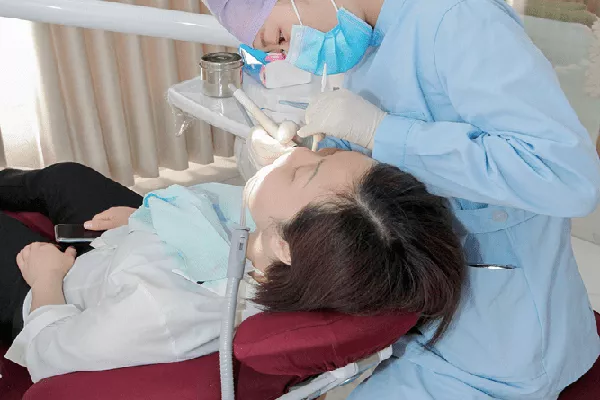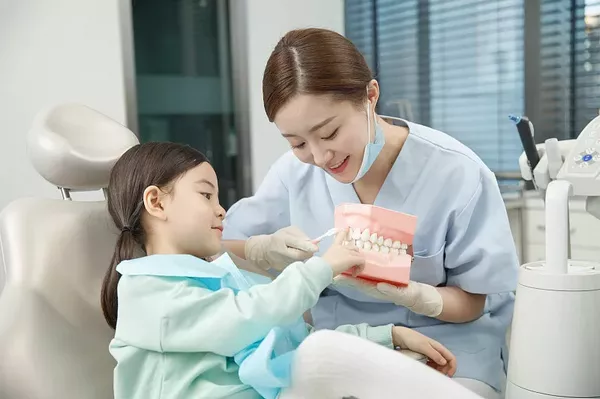Comprehensive orthodontic treatment is a specialized dental treatment that aims to correct misaligned teeth and improve the overall function and appearance of the mouth. This type of treatment typically involves the use of braces or other orthodontic devices to gradually shift the teeth into their proper positions.
Comprehensive orthodontic treatment typically involves several phases.
The first phase is the planning phase, during which the orthodontist will evaluate the patient’s teeth and jaw to determine the best course of treatment. This may involve taking x-rays, impressions, and other diagnostic tests to get a clear picture of the patient’s oral health.
Once the planning phase is complete, the orthodontist will begin the active treatment phase. This typically involves the use of braces or other orthodontic devices to gently move the teeth into their proper positions over a period of several months or years. Depending on the severity of the misalignment, the patient may need to wear braces for anywhere from six months to two years or longer.
During the active treatment phase, the patient will need to visit the orthodontist regularly for adjustments and checkups. These appointments are important to ensure that the treatment is progressing as planned and that any issues or complications are addressed promptly.
After the active treatment phase is complete, the patient will move into the retention phase. This involves the use of retainers or other devices to help maintain the new position of the teeth and prevent them from shifting back into their previous positions. The retention phase typically lasts for several months or years, depending on the individual’s oral health and needs.
Comprehensive orthodontic treatment can help improve the function and appearance of the mouth, as well as reduce the risk of dental problems such as decay, gum disease, and jaw pain.
It can also improve self-confidence and overall quality of life by providing a more attractive and healthy smile.
If you are considering comprehensive orthodontic treatment, it’s important to talk to your dental provider about your options. They can evaluate your oral health and recommend the best course of treatment for your needs. Additionally, they can provide guidance on how to care for your braces or other orthodontic devices and how to maintain good oral hygiene during treatment.
In conclusion, comprehensive orthodontic treatment is a specialized dental treatment that can help correct misaligned teeth and improve overall oral health. It typically involves several phases, including planning, active treatment, and retention, and may require the use of braces or other orthodontic devices. If you’re considering comprehensive orthodontic treatment, talk to your dental provider about your options and what to expect during the treatment process.





























